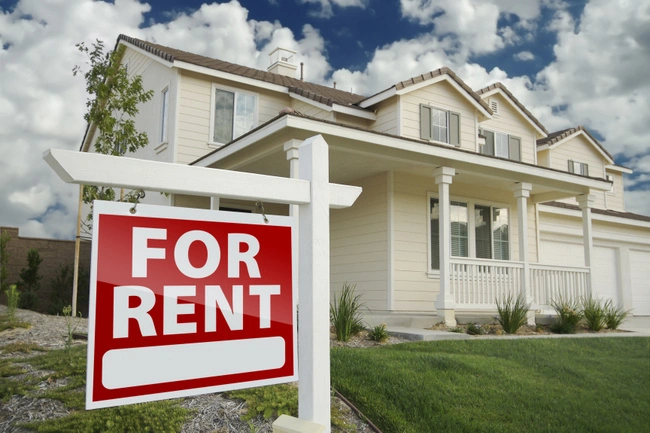Renting Principal Residence – Changings in Principal Residence

Government Promise Free and Automatic Tax Returns
September 30, 2020
RRSP – Should I Maximize?
December 12, 2020Renting Principal Residence – Change in use of Principal Residence
What is Principal Residence:
Principal Residence is the housing unit that is ordinarily inhibited by taxpayer or his spouse. Even if a person inhabits a housing unit only for a short period of time in the year, this is sufficient for the housing unit to be considered ordinarily inhabited in the year by that person.
Change in use of Principal Residence
Capital gain tax is applicable if the use of property changes (personal use property changes to a rental property and vice versa). Tax can be minimized by making election – ITA 45(2) – that will result in no change in the use of property up to four additional years even though the use of property changed. However, this election will be revoked if capital cost allowance (depreciation) is claimed.
Saving tax when change in use happens – Illustration
Below illustration is to better understand tax implications when property is sold that was not principal residence during the full period when it was owned. In this illustration, you will notice how thousands of dollars can be saved by tax planning.
ILLUSTRATION:
Andrew owned a home in Toronto which he purchased in 2009. In 2012, he decided to move to Montreal for business reasons. While staying in Montreal, he rented his Toronto home and also rented an apartment in Montreal for his personal use. In 2018, he moved back to Toronto and started living in his original house. He sold his house in Toronto in 2020.
Below information is related to his Toronto home:
Cost in 2009 = $200,000
Market value in 2012 = $250,000
Market value in 2018 = $400,000
Sale in 2020 = $600,000
Part A – Computation of capital gain tax assuming Andrew makes an election under ITA: 45(2)
When Andrew rents out his Toronto property, the use changed so there will be deemed disposition. If he makes an election then no change in use is assumed and it will remain personal-use property. This property can continue to be designated as a principal residence for up to four additional years.
| Gain = Sales proceeds less Cost ($600,000 – $200,000) (A) | $400,000 |
| Exempt portion (Note – A) (B) | $400,000 |
| Capital gain (A-B)=C | Nil |
| Taxable capital gain (C * 50%) | Nil |
Part B – Computation of capital gain tax assuming Andrew does not elect
From 2009 to 2012, there will be no capital gain as the house is Andrew`s principal residence. Since no election is made, we will have to calculate capital gain while the property was rented out. After he returned, the property was again his principal residence so no capital gain applicable afterwards.
Below is the calculation of capital gain while the property was rented out:
| Market value in 2018 (A) | $400,000 |
| Market value in 2012 – Deemed cost (B) | $250,000 |
| Gain (A-B)=C | $150,000 |
| Exempt portion (Note – 2) (D) | $64,286 |
| Capital gain (C-D)=E | $85,714 |
| Taxable capital gain (50%) (E * 50%) | $42,857 |
SAVING:
By making the right election, Andrew can save $42,857 capital gain tax.
Notes:
1 – ((1+11) / 12) X $400,000 = $400,000
- 2009 to 2012 – Andrew occupied (4 years)
- 2013 to 2016 – Maximum four years as principal residence under election (4 years)
- 2018 to 2020 – Andrew occupied (3 years)
2 – ((1+2) / 7) X $150,000 = $64,286
-
- 2012 to 2018 – Andrew occupied (2 years)
Few general rules/tax tips when selling properties:
- Sale of property must be reported to CRA with the tax return in the year of the sale. This reporting is for Principal residence and investment property, and important to avoid a penalty of $100 per month times the number of months late, to a maximum of $8,000.
- Expenses related to sale of an investment property can be deducted to reduce taxes. Such expenses include fix-up of the property for sale, brokers’ fees, surveyors’ fees, finder’s fees, legal fees, transfer tax and advertising cost.
Disclaimer:
The above information is intended to provide general information. It should not be used without consultation from accounting and tax professionals. Capital Business & Tax Consulting will not be held liable for any problem that may arise from the use of this information.

